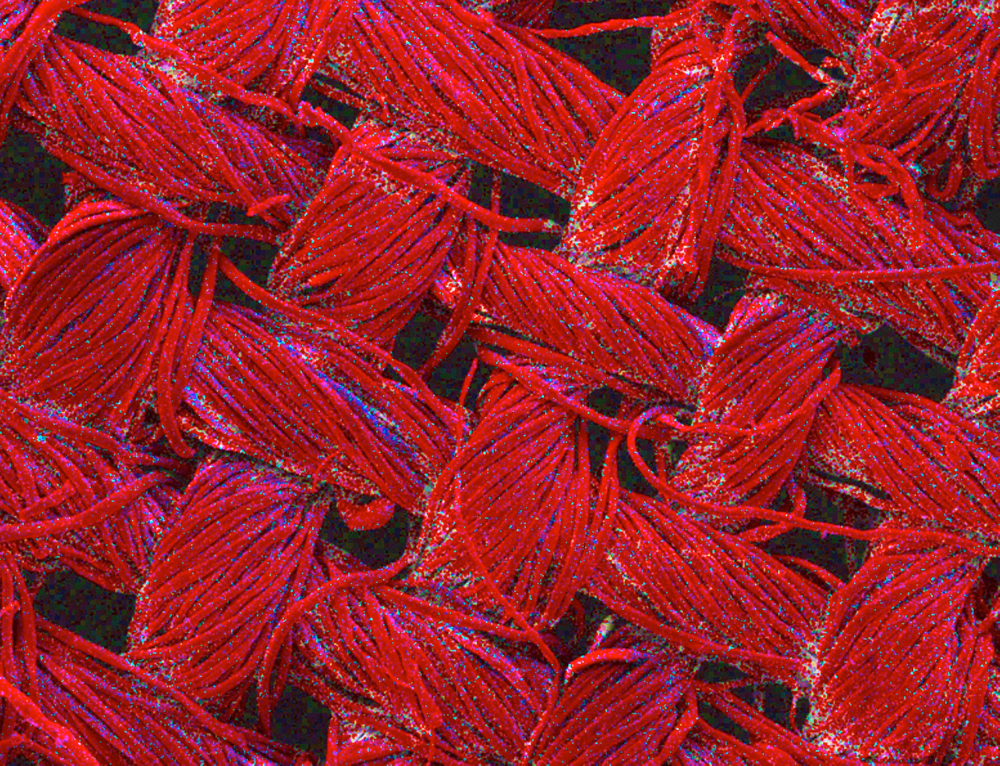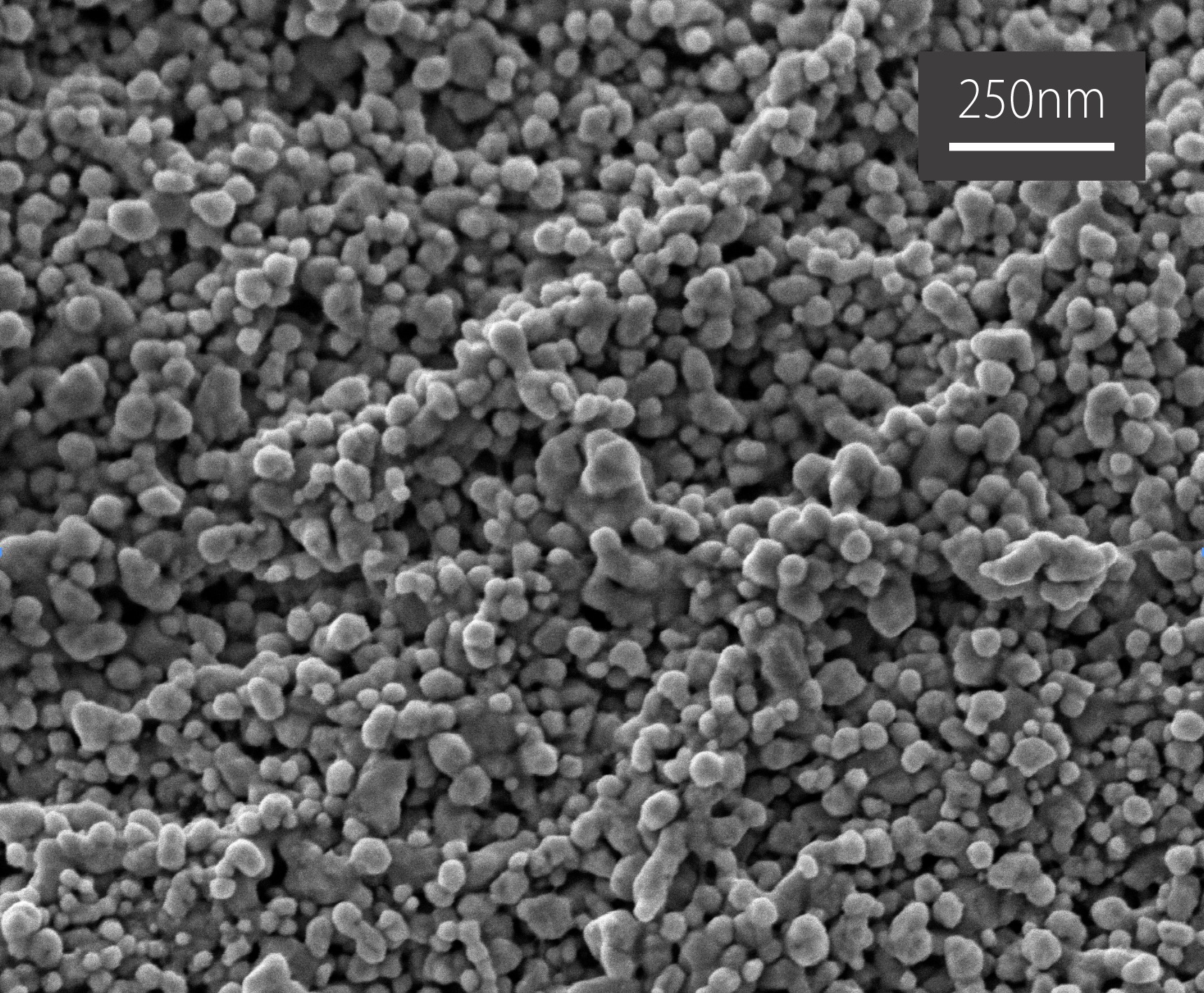Secondary infections are a serious and potentially fatal complication for hospital patients. The emergence of multi-resistant bacteria or ‘superbugs’ makes this problem even more dangerous. Silver and copper are currently used to convey antibacterial properties to fabrics and other surfaces. However, these leach out relatively quickly, reducing the protective effect and potentially polluting the environment. While metal nanoparticles can overcome some of these limitations, they sit on the surface of the fibres and gradually wear away with repeated laundering. In current wound dressings, anti-bacterial silver ions can leach into the wound and damage the patient’s own tissue. A better solution is needed.
Dr Rajesh Ramanathan and Prof. Vipul Bansal at RMIT, have been working with copper- and silver-based nanostructured fabrics, for their ability to degrade many organic molecules.
The researchers have developed a straightforward and efficient method to grow nanostructured silver and copper directly onto cotton fabric to create antibacterial textiles. They use tiniest amounts of palladium and tin catalysts that create a much stronger bond between the metal and the fabric, which reduces leaching of metals into the environment during washing. This coated fabric is ideal for hospital textiles like sheets and gowns. Improved wound dressings would protect against bacteria while reducing metal toxicity to the patient.

Scanning electron microscope image of fabric with elemental analysis

SEM image of nanoscale coating.
The team used scanning electron microscopy (SEM) and elemental analysis in the AMMRF (now Microscopy Australia) linked lab at RMIT to characterise and monitor the production and action of their materials. The metal coating absorbs visible light, which enhances the chemical reactions that break down organic molecules into carbon dioxide and water. Although the process works in the dark, a good blast of sunshine speeds it up. The copper-coated fabric showed faster catalytic activity: three minutes in the light to completely degrade the test molecules whereas the silver-coated fabric was slower at 30 minutes but was more robust over time. The researchers have started testing their fabrics on bacteria with some very encouraging results.
Another application of these metal-coated fabrics is self-cleaning clothes. Imagine hanging out your clothes and have the dirt and grime break down and blow away.
The researchers are in discussion with potential commercial partners to take their innovation to market. New catalytic fabrics that kill bacteria and remove grime from clothes could:
S. Anderson et al., 2016, Advanced Materials Interfaces, 3 DOI: 10.1002/admi.201500632.
Scanning electron microscope image of fabric with elemental analysis
November 27, 2016